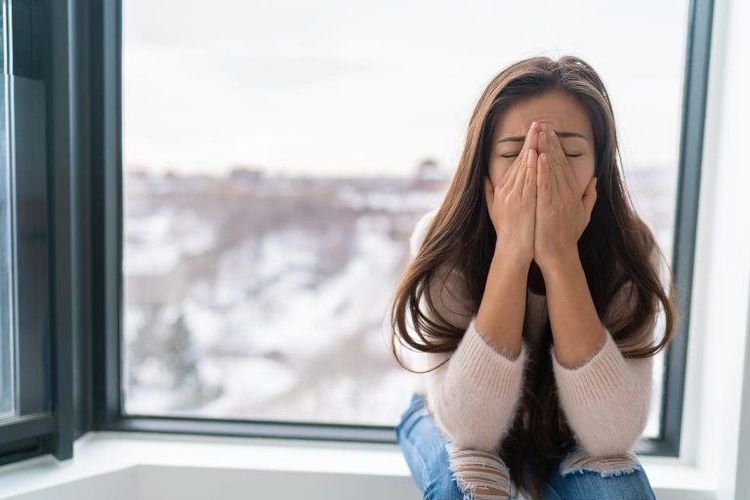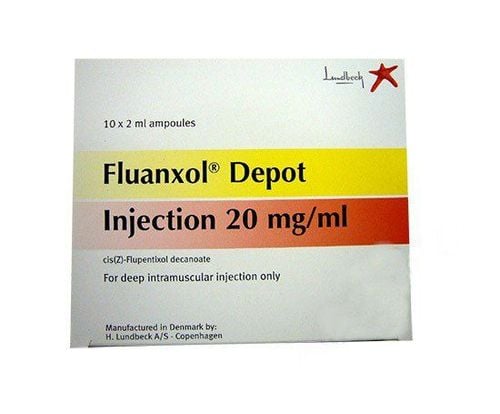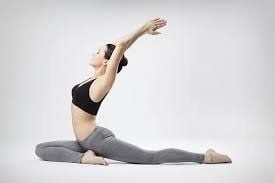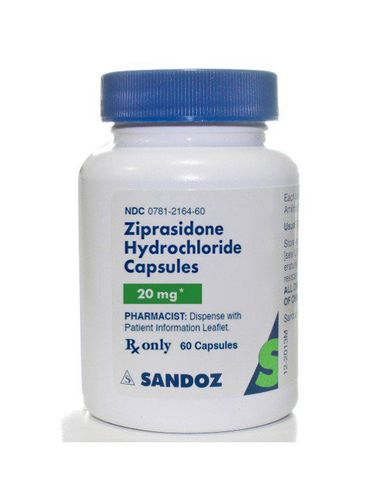This is an automatically translated article.
Relaxation therapy for stress includes skills that can be quickly applied in many situations. To get the best results, the patient should choose a suitable relaxation method and strictly follow it for a certain period of time.
1. Some common stress in life
Life sometimes is not as expected, it will make people depressed and lead to stress in the long run. Some types of stress that can be encountered include:
Stress due to family causes: Getting married, having children, raising them human and planning for the future... are problems in the family that can arise. stress generation. In a family, stress can be passed on from one member to another, and it is the children who suffer the most. Stress caused by social causes: Living environment, finance, population density, information explosion, education, career change or change in value system and customs... are problems. Society can cause people stress. If not addressed in time, these factors will cause widespread anxiety to increase sharply. Stress due to labor causes: The labor process with complicated work, overload in volume or capacity... can cause stress for employees. Currently, with the extremely fast social development speed, if each person does not promptly change to adapt, it will gradually lead to fatigue, depression and stress.
2. History of relaxation therapy
Relaxation therapy has been studied since the 1970s and was later applied to the treatment of generalized anxiety disorders or stress, especially stress. This is a therapy adapted from the Schultz method combined with a number of yoga poses and qigong breathing to suit the physiology of Vietnamese people.
Since 1998, relaxation therapy has been applied in the treatment of patients with chronic stress, mental disorders or insomnia. The therapy consists of 3 basic parts: relaxation training, breathing training and posture training.

Liiệu pháp thư giãn giúp điều trị rối loạn lo âu lan tỏa
3. Indications / contraindications to performing relaxation therapy
Indications:
In the prevention of stress and disorders caused by stress. Support in the treatment of heart-related diseases such as: Obsessive disorders, dissociative disorders, treatment of generalized anxiety disorder or psycho-emotional depression... Support for treatment of mental disorders: Colitis, peptic ulcer, high blood pressure or bronchial asthma .... Support in the treatment of addictions: Alcohol, tobacco addiction, drug addiction. Pains in the body. Aids in the treatment of sleep disorders. Contraindications:
Relaxation therapy is contraindicated in the following cases:
Patients with acute and chronic psychosis; Patients with dementia or mental retardation; Suffering from real diseases; Autistic patients.
4. Relaxation therapy practice in the treatment of stress
4.1 Relaxation practice For the relaxation practice, there will be 3 basic exercises. Patients can practice relaxation in a comfortable sitting or lying position. To be effective, you should focus your mind on the exercise, combine breathing rhythmically, regularly and not thinking about other things.
Mental relaxation exercises: When practicing relaxation with this exercise, the practitioner needs to recite in his head the sentence "the whole body is quiet", while thinking and imagining that he and his body are very comfortable. , in a euphoric state and the surroundings were quiet and peaceful. Do relaxation therapy with this exercise about 20 times. Muscle relaxation exercises: For this exercise, the patient needs to repeat in his head the sentence "right hand is getting heavier" and imagine his right hand is getting heavier every time, unable to lift it. Perform about 20 times with the right hand and switch to the left hand, then the right leg, the left leg and finally "the whole body gets heavier". Note, the practitioner must perform in order from left to right and then to the whole body. Do each part 20 times. Exercises to warm up the body: The practitioner repeats in his head the sentence "right hand is getting warmer" and at the same time imagines "there is a warmth spreading from your right hand, getting warmer each time." Then Then switch to the left arm, leg and whole body. It should be done from right to left, 20 times each. For the relaxation exercise, it can be done in about 15-20 minutes. Beginners should do each part/exercise one at a time. Once mastered, it can be shortened to "quiet whole body", "body gets heavier" and "body warms up".

Liệu pháp thư giãn cần được tập luyện theo yêu cầu
4.2 Breathing practice For relaxation therapy, the practitioner will use qigong breathing (breathing through the diaphragm) mainly. You can choose to breathe 2 strokes or breathe 4 times.
2-stroke breathing:
For those who are new to practicing relaxation therapy; How to breathe: Inhale - belly bulge. Exhale - draw in the abdomen; Time division: Each period will take up half the time of a small cycle. 4-stroke breathing:
For people who are familiar with diaphragmatic breathing. How to breathe: Breathe - belly bulge. Hold your breath after breathing in - keep your breath in your chest. Exhale - pull in the belly. Breathe out deeply. Time division: Each phase will take up about 1/4 of the time of a small cycle. In the process of breathing practice, it is important to remember that the breathing must be smooth - slow - deep - even. You need to focus absolutely on your thoughts and breathing.
4.3 Pose practice section Relaxation therapy posture practice can use a combination of 6 Yoga poses to help the practitioner fall less into a static state. At the same time, it can make the body flexible, activate muscles, bones and joints.
6 Yoga poses in the posture training section include: Pose of twisting bean pods; Candlestick Pose; Plow pose; Anvil pose; Snake Pose; Lotus pose.
In summary, relaxation therapy in the treatment of generalized anxiety disorder, stress is a skill that anyone can do well with following instructions. Be persistent in training to get the best results and quickly recover health.
In case the application of therapy does not have the desired effect, the patient needs help and advice from a doctor to get the right treatment. The Psychology Clinic - Vinmec International General Hospital officially came into operation in April 2019, has the function of examining, consulting and outpatient treatment of psychological problems and psychological health. With modern equipment, Vinmec Psychological Health Clinic is currently cooperating with experienced professors and experts:
MSc. Doctor Nguyen Van Phi - Psychologist, Vinmec Times City International Hospital: With 7 years of experience working as a lecturer in Psychiatry - Hanoi Medical University, Doctor Psychiatrist at Hanoi Medical University Hospital & Central Geriatric Hospital, and a member of the Vietnam Psychiatric Association. MSc. Dr. Pham Thanh Luan - Psychiatrist, Vinmec Times City International Hospital: With 5 years of experience in research, examination and treatment of Psychiatric diseases, trained at prestigious universities trust, practice in-depth expertise in the French Republic. MSc. Doctor Nguyen Trong Hien - Psychologist, Vinmec Times City International Hospital: With 6 years as a lecturer in Psychiatry Department - Hanoi Medical University and Central Geriatric Hospital, together with Dr. Experience in research, examination and treatment of diseases in Psychiatry such as: emotional disorders, stress-related disorders and body dysmorphic disorders, developmental disorders in children, adolescents & childbirth .... Along with the implementation of psychological tests, intensive psychotherapy for diagnosis and treatment, in order to bring the best medical examination and treatment effect.
Please dial HOTLINE for more information or register for an appointment HERE. Download MyVinmec app to make appointments faster and to manage your bookings easily.













